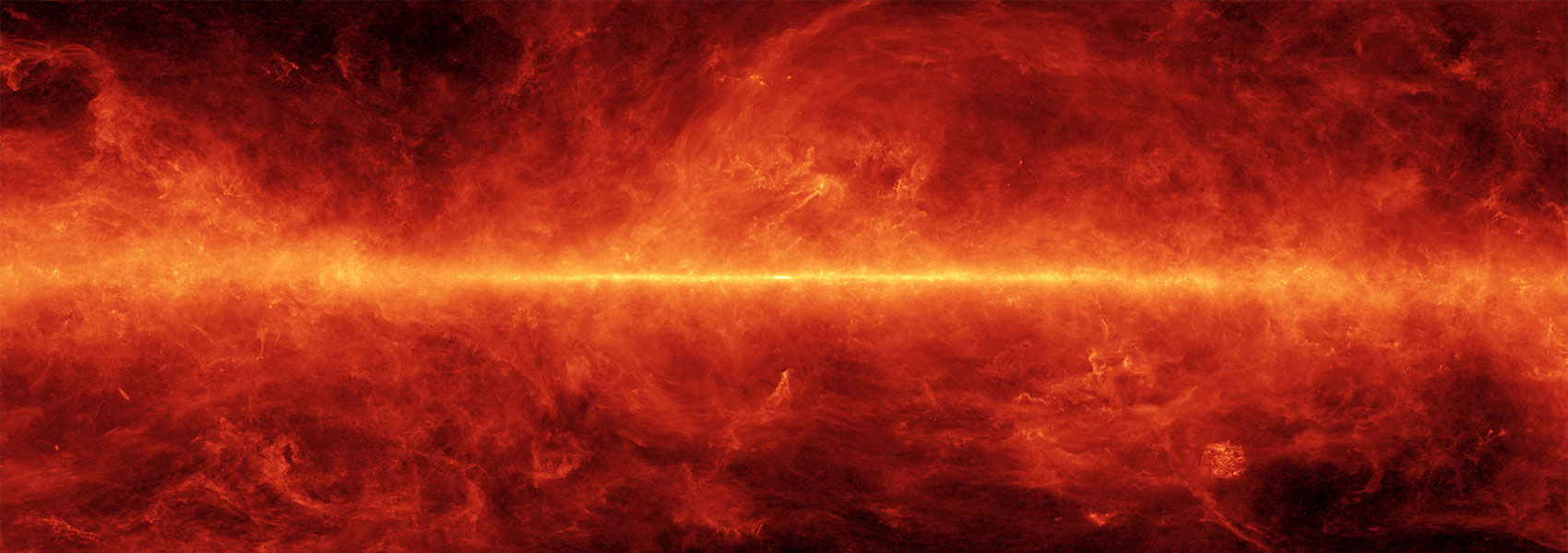March
2024
•
2024MNRAS.529..155Z
Authors
•
Zsíros, Szanna
•
Szalai, Tamás
•
De Looze, Ilse
•
Sarangi, Arkaprabha
•
Shahbandeh, Melissa
•
Fox, Ori D.
•
Temim, Tea
•
Milisavljevic, Dan
•
Van Dyk, Schuyler D.
•
Smith, Nathan
•
Filippenko, Alexei V.
•
Brink, Thomas G.
•
Zheng, WeiKang
•
Dessart, Luc
•
Jencson, Jacob
•
Johansson, Joel
•
Pierel, Justin
•
Rest, Armin
•
Tinyanont, Samaporn
•
Niculescu-Duvaz, Maria
•
Barlow, M. J.
•
Wesson, Roger
•
Andrews, Jennifer
•
Clayton, Geoff
•
De, Kishalay
•
Dwek, Eli
•
Engesser, Michael
•
Foley, Ryan J.
•
Gezari, Suvi
•
Gomez, Sebastian
•
Gonzaga, Shireen
•
Kasliwal, Mansi
•
Lau, Ryan
•
Marston, Anthony
•
O'Steen, Richard
•
Siebert, Matthew
•
Skrutskie, Michael
•
Strolger, Lou
•
Wang, Qinan
•
Williams, Brian
•
Williams, Robert
•
Xiao, Lin
Abstract
•
We present mid-infrared (mid-IR) imaging of the Type IIL supernova (SN) 1980K with the JWST more than 40 yr post-explosion. SN 1980K, located in the nearby (D ≈ 7 Mpc) 'SN factory' galaxy NGC 6946, was serendipitously captured in JWST/MIRI images taken of the field of SN 2004et in the same galaxy. SN 1980K serves as a promising candidate for studying the transitional phase between young SNe and older SN remnants and also provides a great opportunity to investigate its the close environment. SN 1980K can be identified as a clear and bright point source in all eight MIRI filters from F560W up to F2550W. We fit analytical dust models to the mid-IR spectral energy distribution that reveal a large amount (Md ≈ 0.002 M⊙) of Si-dominated dust at $T_\rm {dust}\approx 150$ K (accompanied by a hotter dust/gas component), and also computed numerical SED dust models. Radiative transfer modelling of a late-time optical spectrum obtained recently with Keck discloses that an even larger (~0.24-0.58 M⊙) amount of dust is needed in order for selective extinction to explain the asymmetric line profile shapes observed in SN 1980K. As a conclusion, with JWST, we may see i) pre-existing circumstellar dust heated collisionally (or, partly radiatively), analogous to the equatorial ring of SN 1987A, or ii) the mid-IR component of the presumed newly-formed dust, accompanied by much more colder dust present in the ejecta (as suggested by the late-time the optical spectra).
Links



